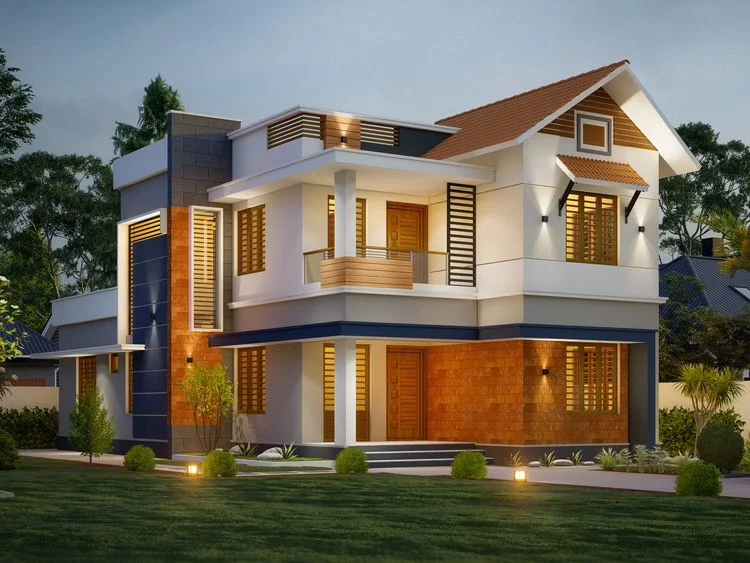A storey building is a multi-story structure with two or more levels, whereas a bungalow is a single-story dwelling that is typically small and does not have more than one story. Bungalows are preferred by those who want a living space with only one level, while storey buildings are common in urban areas because they offer more living space per acre of land and are, therefore, popular there.
What is a Bungalow?
In architectural terms, a bungalow refers to a single- or double-storey home. It was first used to describe a modest dwelling made of thatch in Bengal, India. The simple, practical designs popularized by the Arts and Crafts movement in the late 19th and early 20th centuries helped propel the bungalow to prominence in the Western world. Bungalows are typically low-rise, detached, single-family homes. Their low-pitched roofs have a wide overhanging eave, and they typically have a wide front porch with columns or pillars. Some bungalows have one large room that serves as the living area, the dining area, and the kitchen, while others have designated spaces for each activity.
Bungalows are characterized by their low profile, simple and functional design, and emphasis on natural elements like porches and wide eaves. To those with mobility issues, the fact that a bungalow is typically built on a single level is a significant plus. The residential setting of most bungalows makes them ideal for families. Some bungalows have been updated and expanded to include more living space and contemporary conveniences, while others have kept their vintage character and charm.
What is a Storey Building?
A storey building, also called a “story building” in some parts of the world, is a structure with two or more stories above ground. Some countries use “storey” to describe a “floor” elsewhere. A building’s height can range from two or three storeys in a modest home to hundreds of stories in a skyscraper. Floors are typically labelled with numbers, with “0” or “G” for the ground floor and increasing numbers for the upper floors.
Brick, concrete, steel, and glass are common building materials for multi-story structures. They can be created for various purposes, including domestic, business, and manufacturing. Commercial and industrial structures can range from offices and stores to warehouses and factories, while residential structures can take the form of apartments, townhomes, or single-family homes.
Buildings with multiple stories present unique challenges in terms of design and construction due to factors like structural safety, fire prevention, and universal design. To ensure the safety of occupants and prevent damage to neighbouring buildings, building codes and regulations in many countries specify minimum requirements for building design and construction. Storey buildings are a common and essential form of architecture that serves various purposes in urban and suburban settings.
Difference Between a Bungalow and a Storey Building
A bungalow and a storey building are two types of residential structures that differ in height, design, and layout. A bungalow is a one-story house, typically small and compact, with all rooms on the same level. It usually has a low-pitched roof and a simple, open floor plan that makes it easy to navigate. Bungalows are often preferred by people who prefer a single-level living space, and they are particularly popular among retirees and people with mobility issues.
On the other hand, a storey building is a multi-story structure with two or more levels, usually with separate living spaces on each floor. Storey buildings are popular in urban areas where space is limited, and they provide more living space per unit of land. They are often designed with separate entrances for each level, and the living spaces’ layouts may differ on each floor. The difference between a bungalow and a storey building is their height and design. Bungalows are single-story homes, while storey buildings are multi-story structures with separate living spaces on each level.







